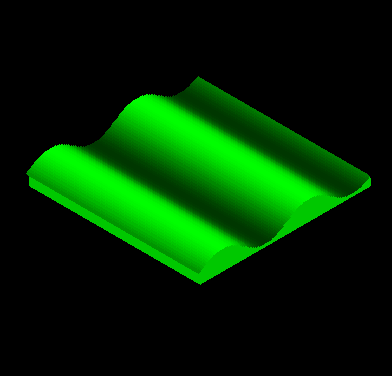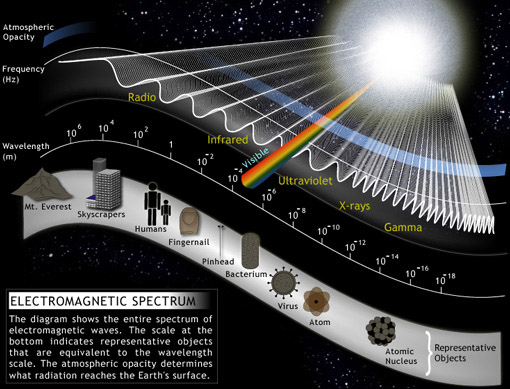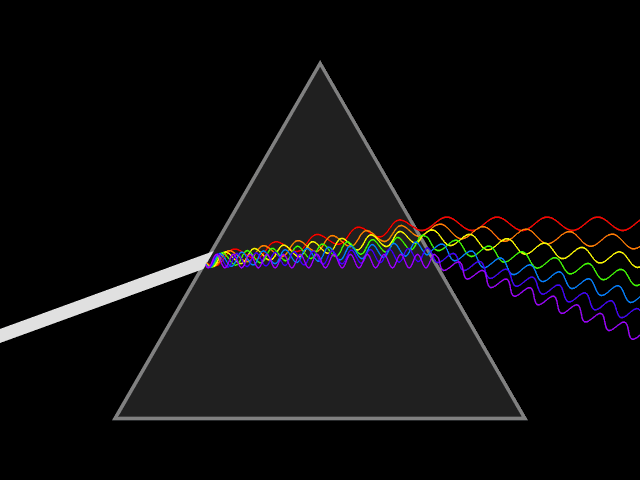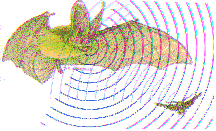

B05-Waves
Proficiency Standards

B07-E-M Waves

B08-Light
 |
 B05-Waves |
Proficiency Standards
|
 B07-E-M Waves |
 B08-Light |
| B06
Sound
|
| What are sound waves? |
 How do sound waves move? How do sound waves move? (Mastery) |
 What types of sound waves do I use? What types of sound waves do I use? (Interpersonal) |
 What types of sound waves are there? What types of sound waves are there?(Understanding) |
 How do sound waves work in music? How do sound waves work in music?(Self Expressive) |
|
Practice
Quiz: SCA_B06 Sound Take every day before sleeping! Vocabulary Review Activities BrainPop Animations and Practice Quizes * > 
|
Vocabulary The Nature of Sound?Chapter 2 Section 1: Pages 40-45: Properties of Sound: Chapter 2, Section 2 Pages 46-51 Combining Sound Waves & Music Chapter 2, Section3 Pages 52-61 Hearing Sound Chapter 2, Section4 Pages 52-61 Sound Reading Essentials NG Sound And Light All About Light and Sound & worksheet Pioneers of Light and Sound & worksheet Science Skills Handbook Appendix: Pages 202-214: Process Skills Packet (Online Textbook: Log onto Pearson.com, then click on the titles above for the online text.) |
| Labs & Videos |
| Engage Discrepant Event |
Explore Research |
Explain Write-Up |
Elaborate New situations/applications |
Evaluate project to share |
| Reading & Math Work |
|
|
| Projects by Learning Style and Media Type |
 Sensing-Thinking
(Mastery) Sensing-Thinking
(Mastery)Facts
|
 Sensing-Feeling
(Interpersonal) Sensing-Feeling
(Interpersonal)A time when you...
|
 Intuitive-Thinking
(Understanding) Intuitive-Thinking
(Understanding)Playing with facts
|
 Intuitive-Feeling
(Self-Expressive) Intuitive-Feeling
(Self-Expressive)Creating new possibiliteis
|
|
|
|
 Live
Presentation Project Live
Presentation Project
|
| Essential Vocabulary & Concepts |
| Picture | Core Knowledge or
Concept |
 |
Sound is a disturbance that
travels through a medium as a
longitudinal wave. Sound begins with a vibration. Sound waves can travel in solids, liquids and gasses. |
 |
An echo is when sound waves reflect off of an object |
 |
Sound waves spread out and can diffract or bend around
objects. |
 |
The loudness of a sound depends
on the amplitude or
energy of its wave. Intensity is the measure of the energy of a sound wave over an area. The unit of loudness is the decibel dB. |
 |
Distance can make
sounds less loud. As sound waves spread out, they have less energy per unit of area, so they sound softer. |
 |
The pitch of a sound depends on its frequency. The unit of frequency is the Hertz or Hz. Humans can ususally hear from 20Hz to 20,000 Hz. |
 |
The speed of sound is different in
different materials. Sound generally goes slower in gasses and faster in solids. Speed can change with elasticity, density, and temperature. A sonic boom is when something goes faster than mach 1, the speed of sound. |
 |
Doppler effect moving
sound sources can make frequencies appear higher or lower by
compressing or spreading out waves. |
 |
Scientist / Engineers Robert Moog manufactured early synthesizers by creating sound modules that could generate or change sound waves. |
 |
Technology Synthesizers are musical instruments that simulate or create the sounds of instruments by changing the shapes of sound waves. |